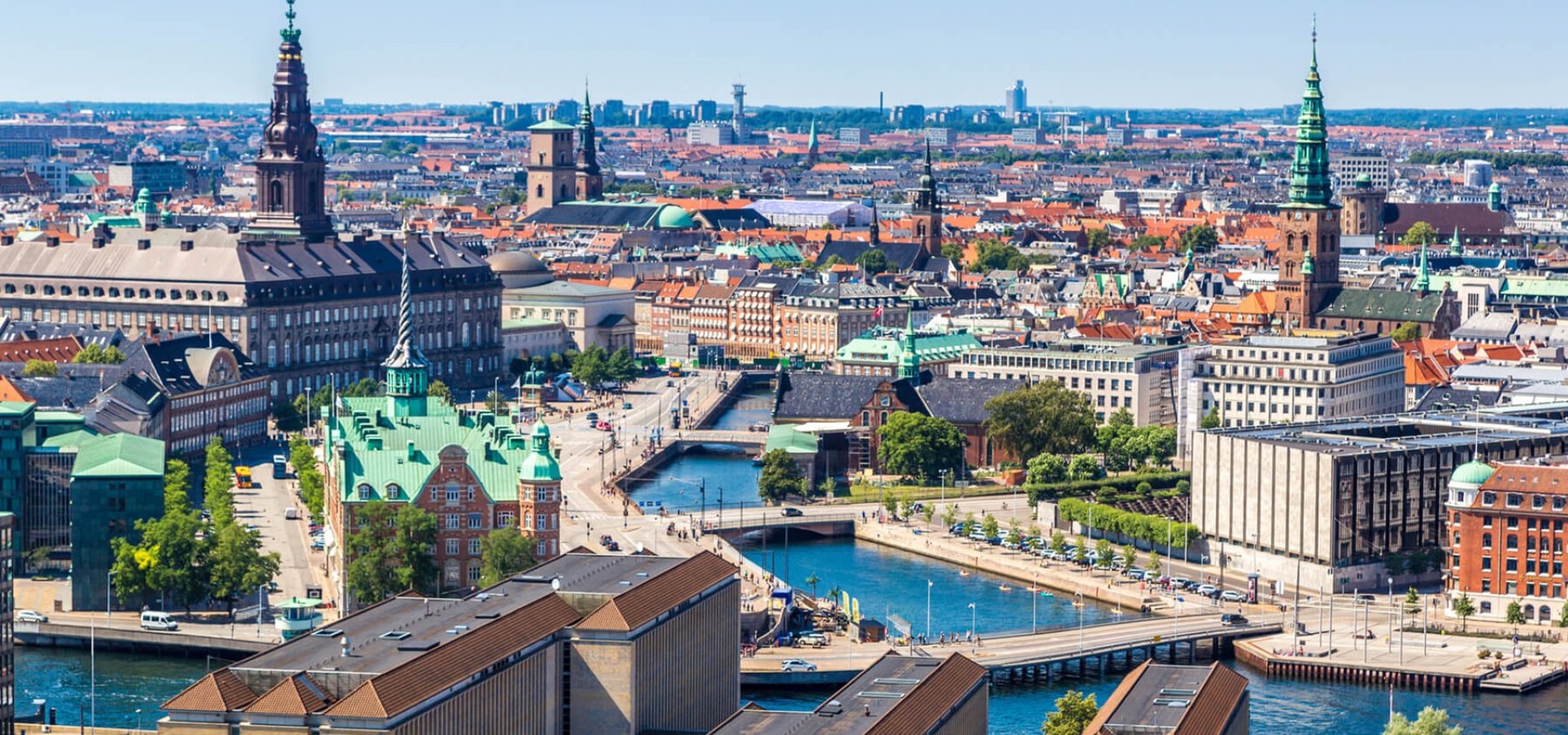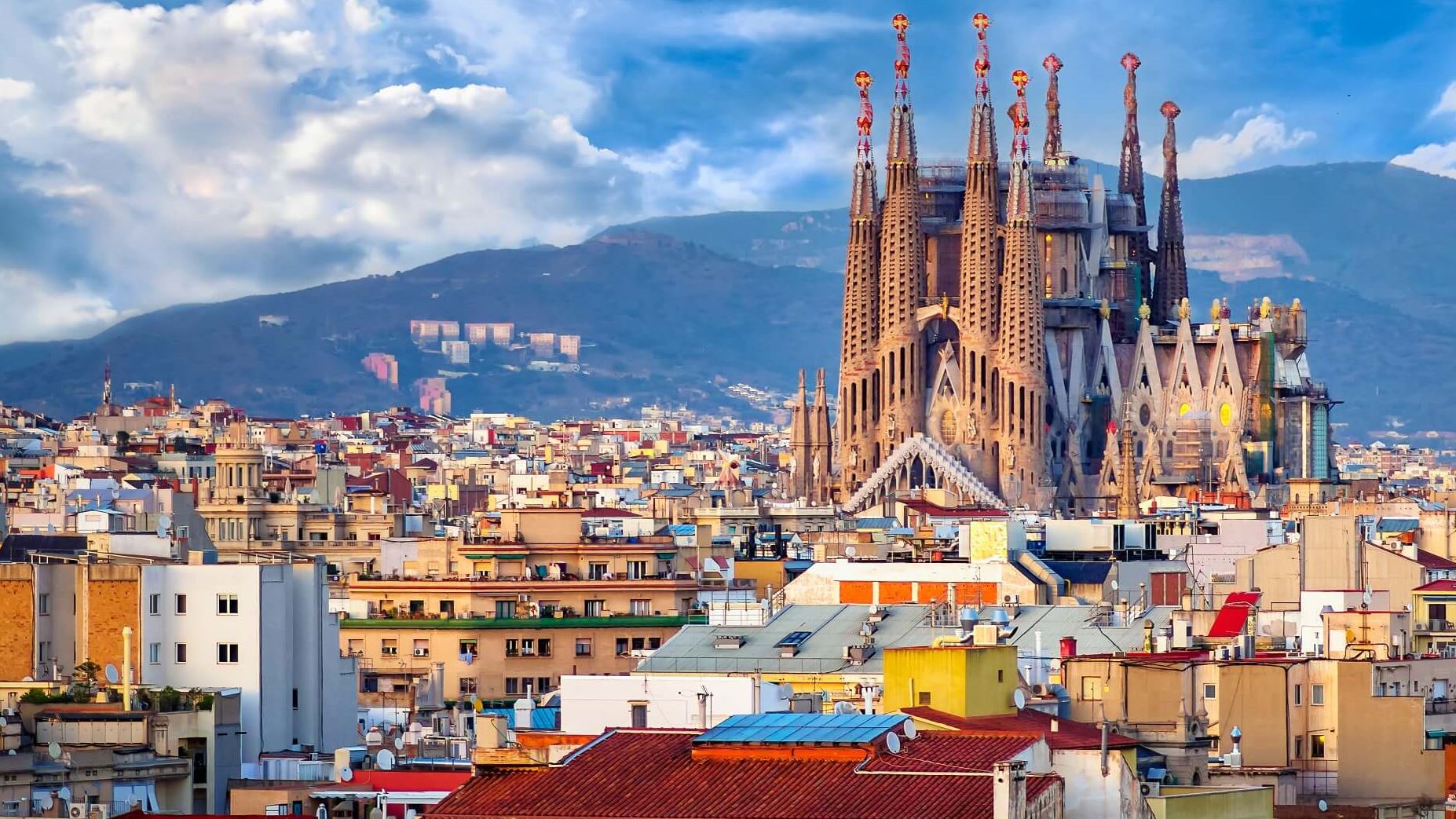Welcome to your pedal-powered trip around the globe. We’ll look at the ten best bike-friendly cities around the world. These urban havens redefine biking as more than just a means of transportation. In these cities, cycling is not just a way to get around; it’s a culture.
These cities have dedicated bike lanes that provide cyclists a safe, enjoyable ride. Innovative bike-sharing programmes enhance cycling and make it part of daily life. These urban landscapes set the standard in creating environments where bicycles rule.
Discover the secrets of the bike-friendly cities of Copenhagen, Amsterdam and others.
1. Copenhagen, Denmark:

Copenhagen is the cycling capital of the world. It sets high standards for cities that are bike-friendly. Copenhagen boasts a network of 390 km of bike lanes. Cyclists have their own traffic lights to help them navigate. The city is committed to excellence in cycling, and this commitment extends to innovative infrastructure such as well-designed parking areas and bike bridges. The city’s commitment to cycling excellence is evident in the fact there are more bicycles than automobiles. This results in an environmentally friendly synergy throughout the entire city.
2. Amsterdam, Netherlands:

Amsterdam is often called the “City of Bikes” and is a destination that bike lovers must visit. The flat terrain of the city and its well-designed infrastructure for cycling add to cycling’s enjoyment. Amsterdam’s commitment to cycling is reflected by its canal-side bike lanes and bike-friendly policies that prioritize safety and convenience. Amsterdam’s love for cycling, which accounts for almost 60% of its daily trips, is deeply ingrained in the city’s cultural fabric.
3. Oslo, Norway:

Oslo is a city that embraces cycling in its urban lifestyle. It’s known for its beautiful fjords and green initiatives. The city’s investments in bike lanes, and other encouraging initiatives such as electric bicycle subsidies, show a commitment towards environmentally friendly commutes. Oslo’s commitment goes beyond cycling, and serves as a role model for other cities that want to reduce their carbon footprint. Oslo, a city surrounded by natural beauty, not only encourages cycling, but is also a model for other cities striving to achieve a more sustainable, greener future.
4. Berlin, Germany:
Berlin, a city known for its creativity and variety, has created an environment that is welcoming for cyclists. The city’s historic streets are interwoven by dedicated bike lanes that allow cyclists to access iconic landmarks. Berlin’s commitment extends beyond its infrastructure. The city has bike-sharing programs, and policies that are cyclist-friendly. Berlin has gained a reputation for being a safe haven for cyclists who prefer the freedom that comes with two wheels to four.
Berlin’s cycling infrastructure is a testament to the city’s commitment to environmentally friendly transportation. Berlin’s green transportation approach reflects the city’s unique blend of modernity with deep respect for nature. It is a bikers’ paradise.
5. Tokyo, Japan:
:max_bytes(150000):strip_icc()/tokyo-japan-TOKYOTG0621-52012ff551dc46c4a87ac8e3151307a4.jpg)
In this bustling city, cycling is a popular mode of transport. Tokyo’s flat terrain, combined with its deliberate urban planning to accommodate cyclists, makes it a great place for pedal enthusiasts. The city’s bike paths and streets are designed for cyclists, so residents can pedal through the city with ease. Tokyo’s vibrant urban landscape seamlessly combines tradition and modernity. It demonstrates the harmonious coexistence between centuries-old cultures and the modern appeal of cycling.
6. Paris, France:

The sophisticated city is a cycling paradise thanks to strategic initiatives. By implementing bike-sharing and expanding cycling infrastructure, the city put cyclist accessibility first. The city prioritized cyclist accessibility by implementing bike-sharing programs and expanding cycling infrastructure. Paris has integrated cycling successfully into its urban fabric. It is a fun and convenient option for residents and visitors alike.
7. Helsinki, Finland:

The city promotes sustainable transportation including cycling. The city’s bike paths, which are carefully designed and its comprehensive bike-sharing program demonstrate the commitment of the city to promote cycling as a sustainable form of transportation. Navigating the city on two-wheels is not only an option in Helsinki, but also a way to embrace urban mobility that is seamless and environmentally friendly. Helsinki’s vision is to create a city which seamlessly blends sustainability and modernity. The cycling infrastructure, therefore, fits in with this larger vision.
8. Barcelona, Spain:

The city is known for its bike-friendly atmosphere, as well as its beautiful architecture and attractions along the coast. The extensive cycling network of the city, including well-designed lanes for bikes and innovative bike sharing programs, demonstrates its commitment to sustainability. Barcelona’s bike-friendly policies strengthen the city’s ecoconscious identity and promote an urban environment that’s easily accessible for cyclists. Barcelona, a city that combines cultural riches with a forward thinking approach, is a shining example for how a city could seamlessly integrate cycling in its ethos.
9. Montreal, Canada:
This North American city is an example of how cycling can be a lifestyle, not just a trend. Cycling is a way of life in this city, and it’s evident with the extensive network and BIXI system for bike sharing. Montreal’s dedication to cycling as an environmentally friendly form of transportation is exemplified by events like the Tour de l’Ile. This event brings together the community to celebrate the joy and camaraderie that biking can bring. Cycling is more than a means of transportation in Montreal. It is a vital part of the vibrant, communal identity of the city.
10. Portland, USA:
This city is located in the middle of the US and is known for being bike-friendly. A vast network of bike paths, bike-sharing programs and policies that put cyclists first are all signs of the city’s commitment. Portlanders choose to cycle as a way of life, rather than merely as a means of transportation. They can connect with nature and the beauty that Portland has to offer. Portland, a city that seamlessly blends urban living with environmental awareness, is a great example of how to cultivate a relationship between cyclists, their environment, and themselves.
It’s evident that the 10 cities with the most bike-friendly streets not only support cycling, but also Sustainable Development Goal 13 which aims at reducing greenhouse gas emissions, improving climate resilience and strengthening cooperation on climate issues. Each city in this list, from the flat streets of Amsterdam, to the fjords in Oslo, exemplifies the dedication to sustainable, enjoyable, and accessible urban transportation.
Every city, big or small, can become a cycling paradise through bike-sharing, dedicated lanes or policies that encourage cyclists. Grab your helmet and let’s pedal towards a future where every city is bicycle-friendly.



